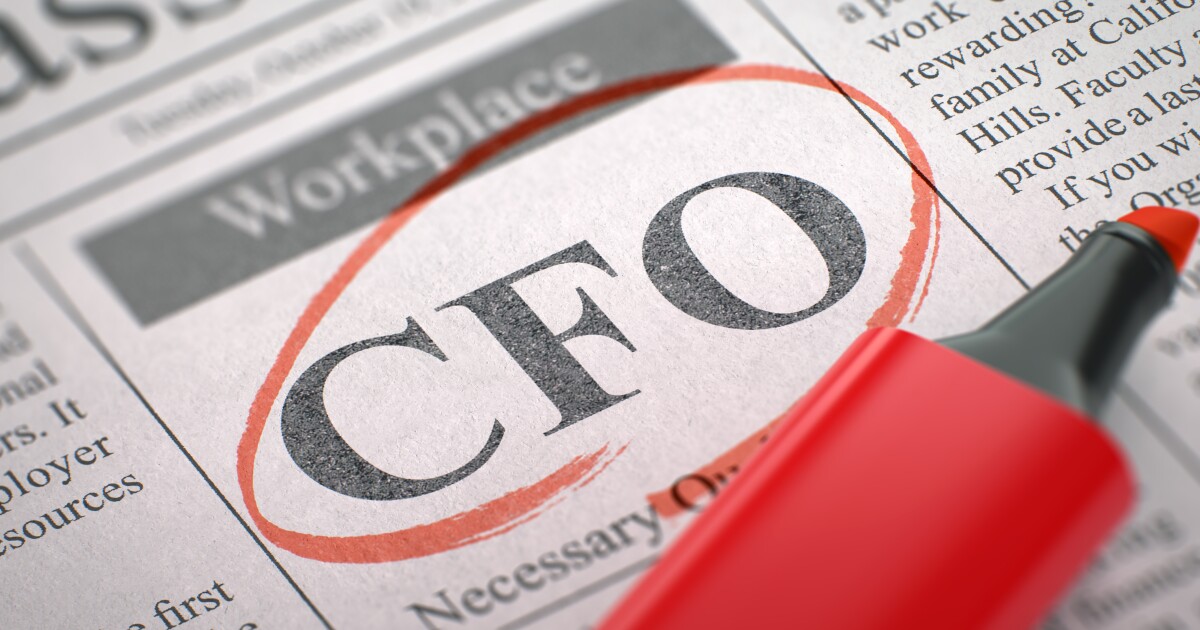Analysts said the data increased the likelihood that the Federal Reserve would cut interest rates by 0.25 percentage points at its meeting next week, but reduced the odds of bigger cut.
“Overall, inflation appears to have been successfully tamed but, with housing inflation still refusing to moderate as quickly as hoped, it hasn’t been completely vanquished,” said Paul Ashworth, chief North America economist for Capital Economics.
The data shows price pressure is fading for key household items.
Grocery prices, which were surging just a few years ago, were unchanged from July to August and are up less than 1% from a year ago, according to the report.
The cost of petrol, another staple, has also dropped, falling over the month and more than 10% from August 2023.
However, prices for other items continued to climb.
Not including food and energy – which tend to fluctuate and can obscure underlying trends – prices were up 3.2% over the year, as airline tickets, car insurance, rent, and other housing costs grew more expensive.
“This serves as a bit of a reminder not to get too carried away with a few months of better inflation data,” said Brian Coulton, Fitch Rating’s chief economist.
“Certainly not enough to stop the Fed cutting rates later this month, but the stickiness of services inflation… will be one reason why the Fed will not be cutting rates at an aggressive pace over the next year or so.”
Central banks, including the Fed, started upping borrowing costs two years ago in an attempt to slow inflation.
Prices began to rise globally in 2021 because of pandemic-related supply issues and a jump in government spending.
Russia’s invasion of Ukraine in 2022 then caused oil prices to surge, further fuelling global inflation.
US inflation hit a high of 9.1% in June 2022, but has since fallen closer to the 2% rate considered healthy.
Credit: Source link











